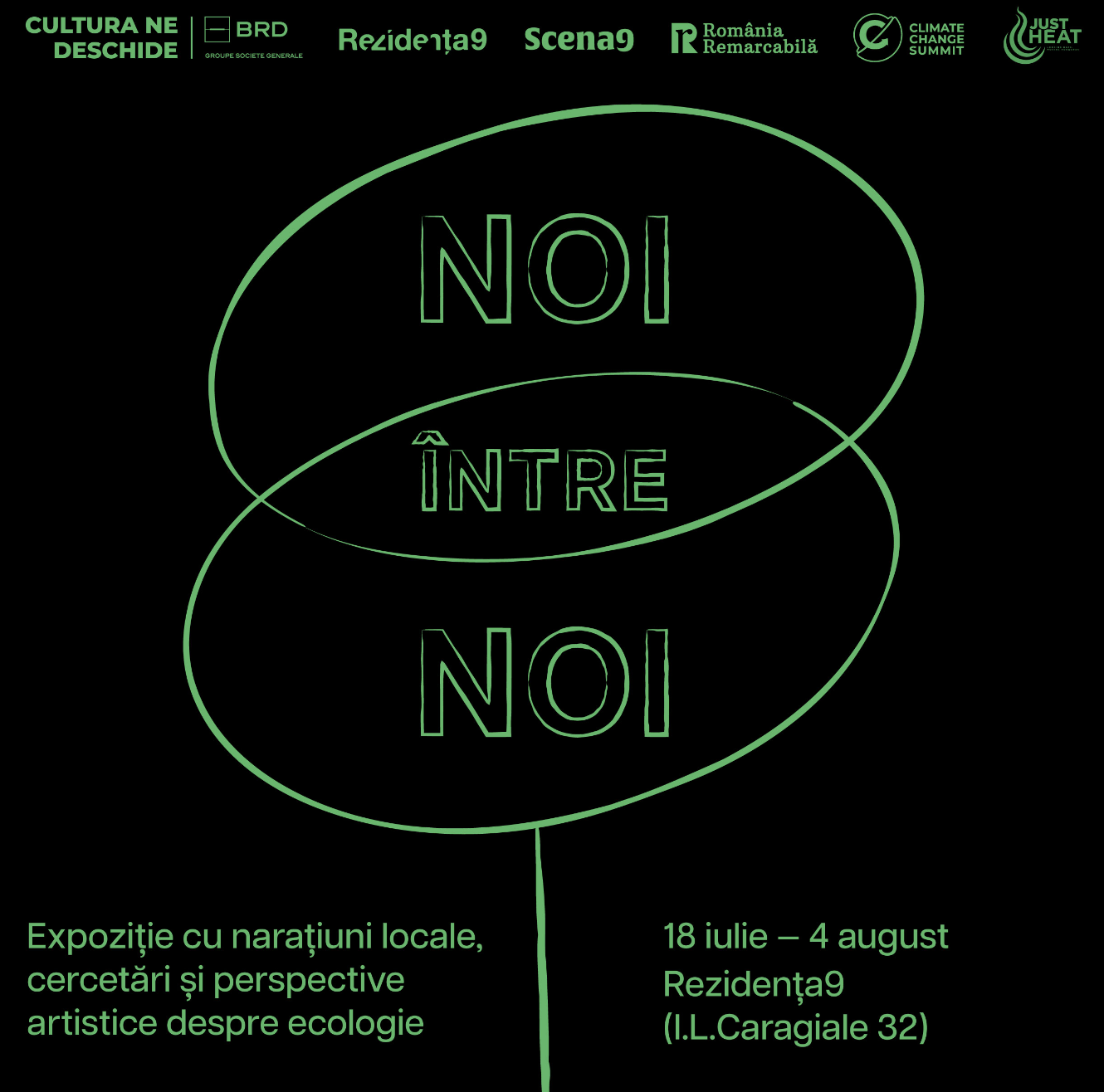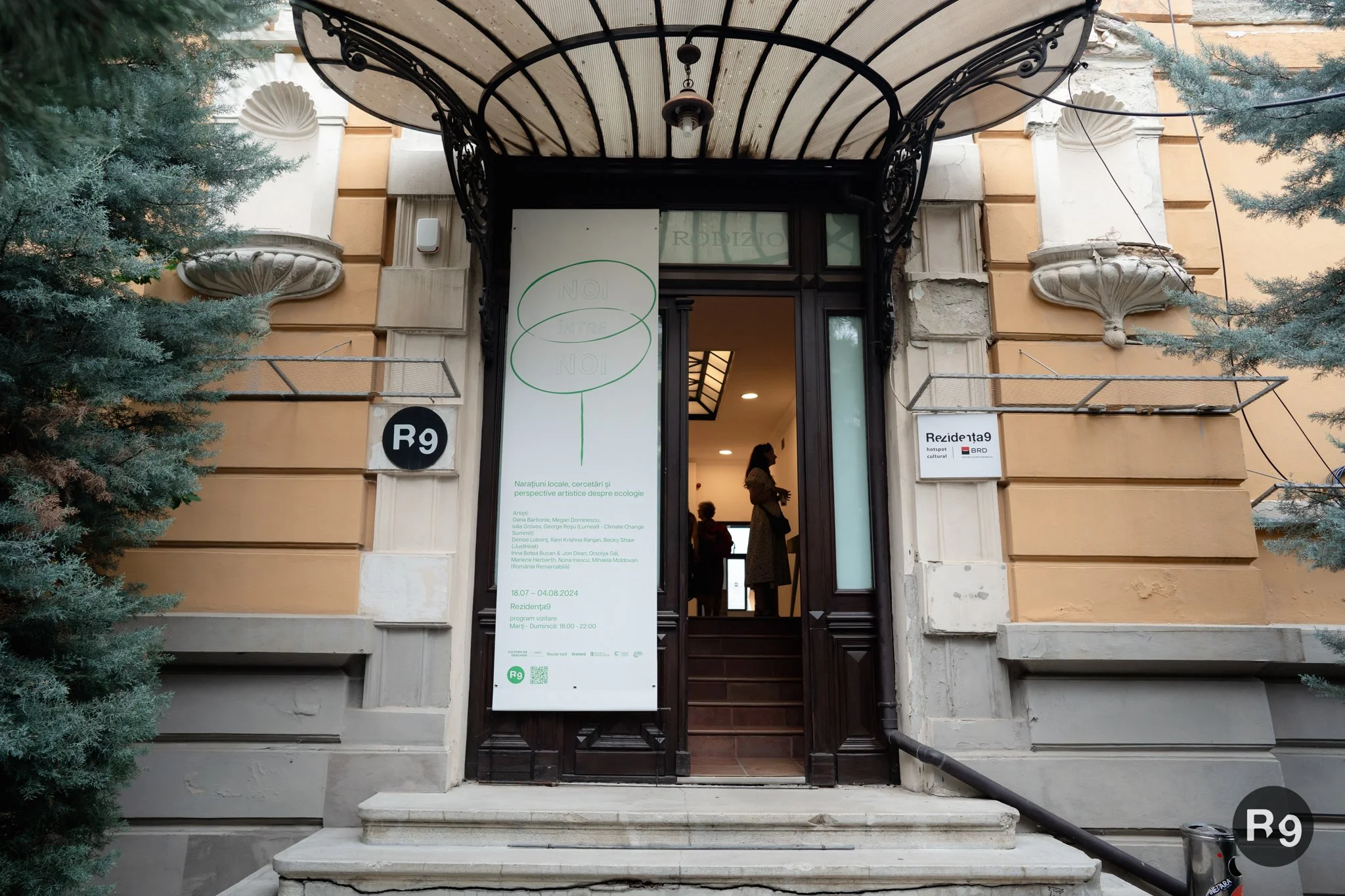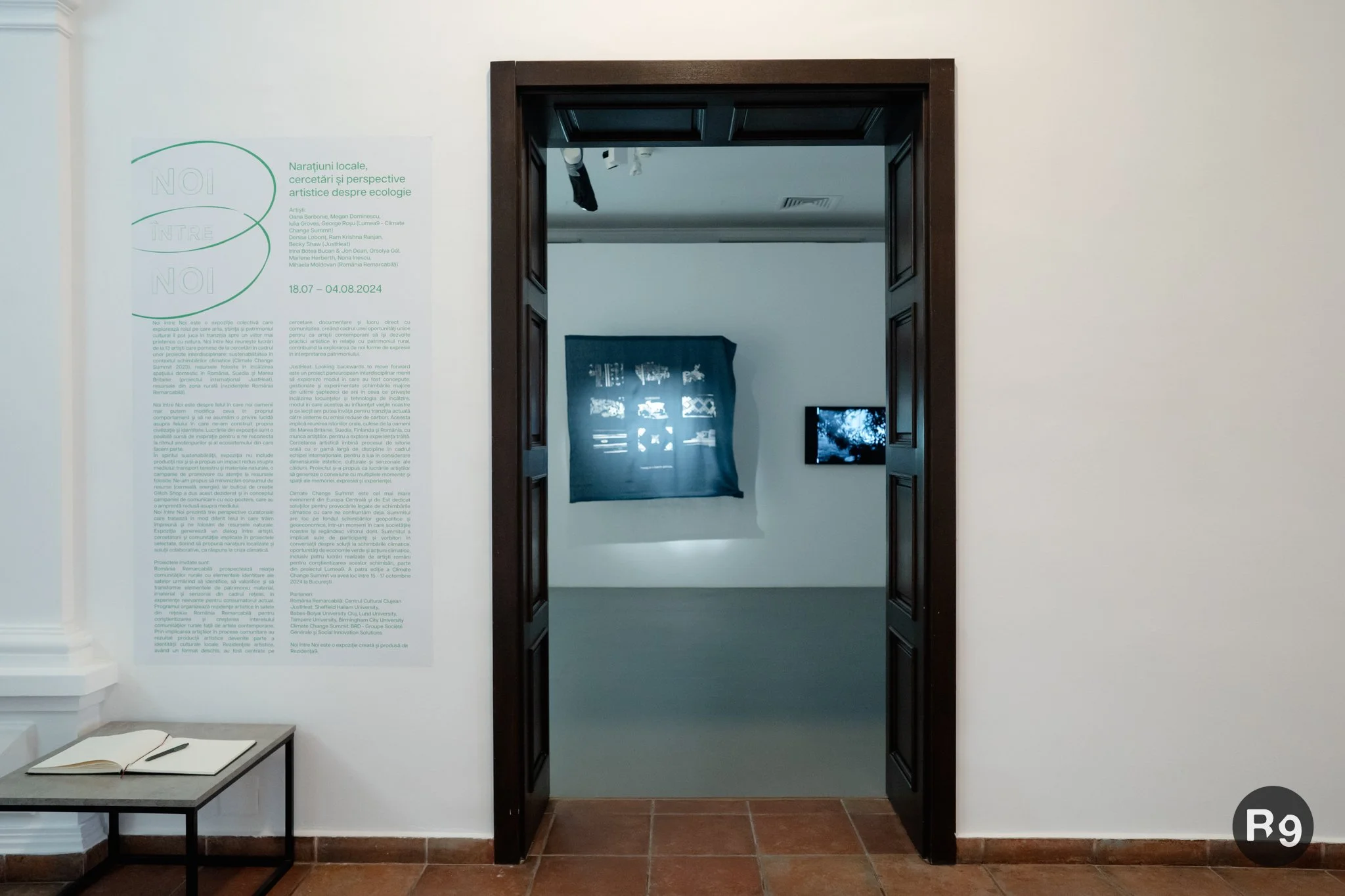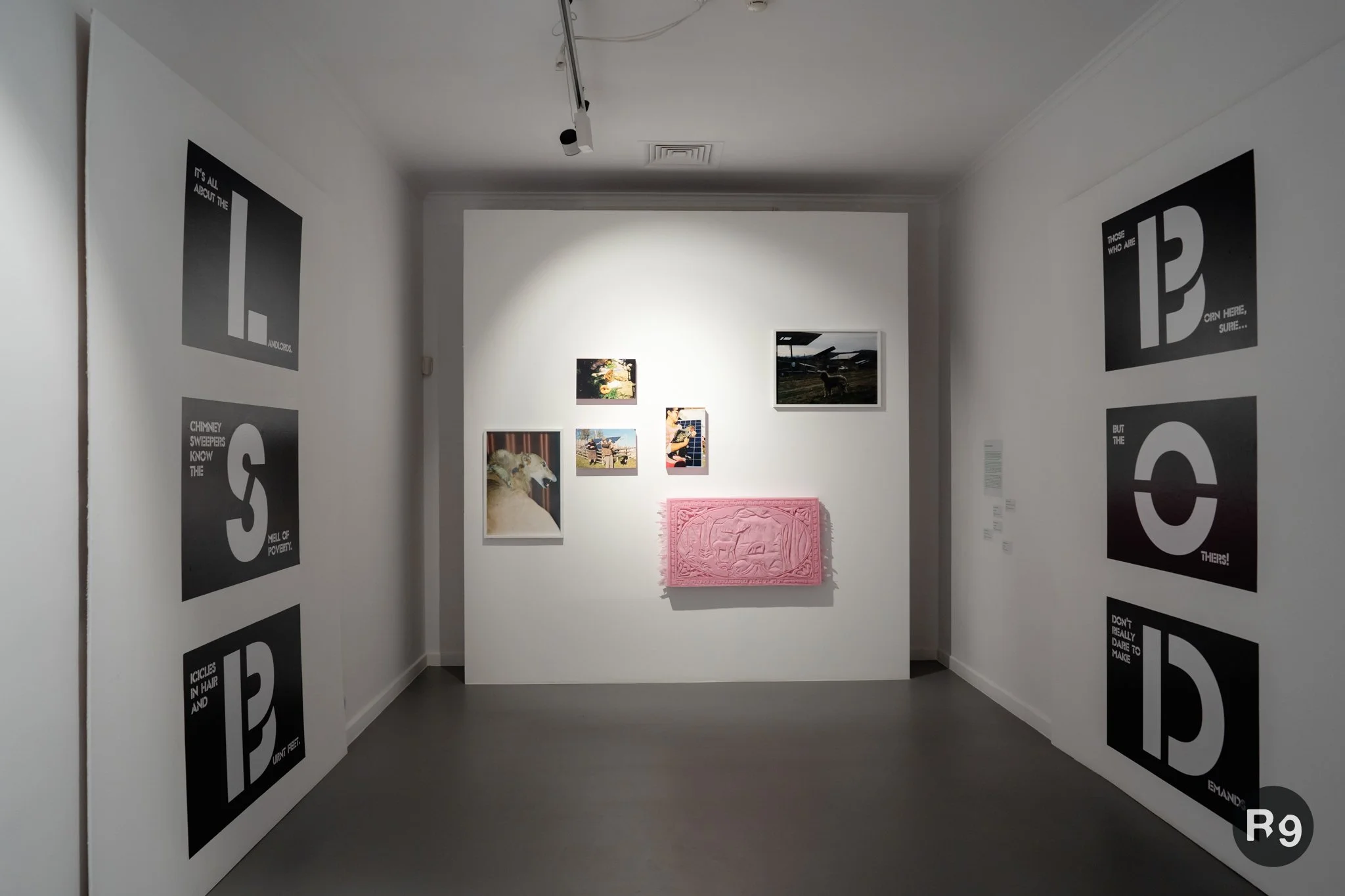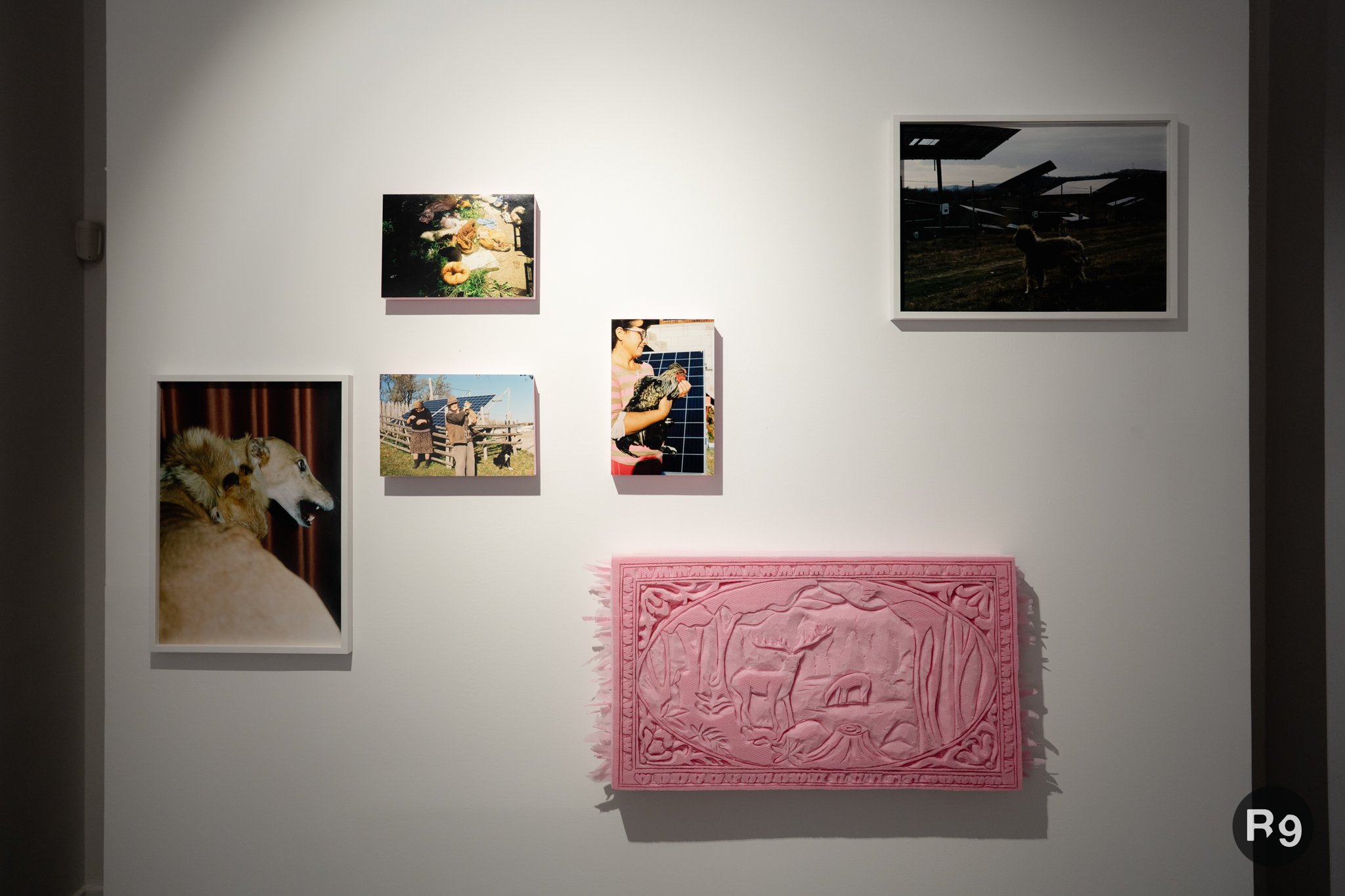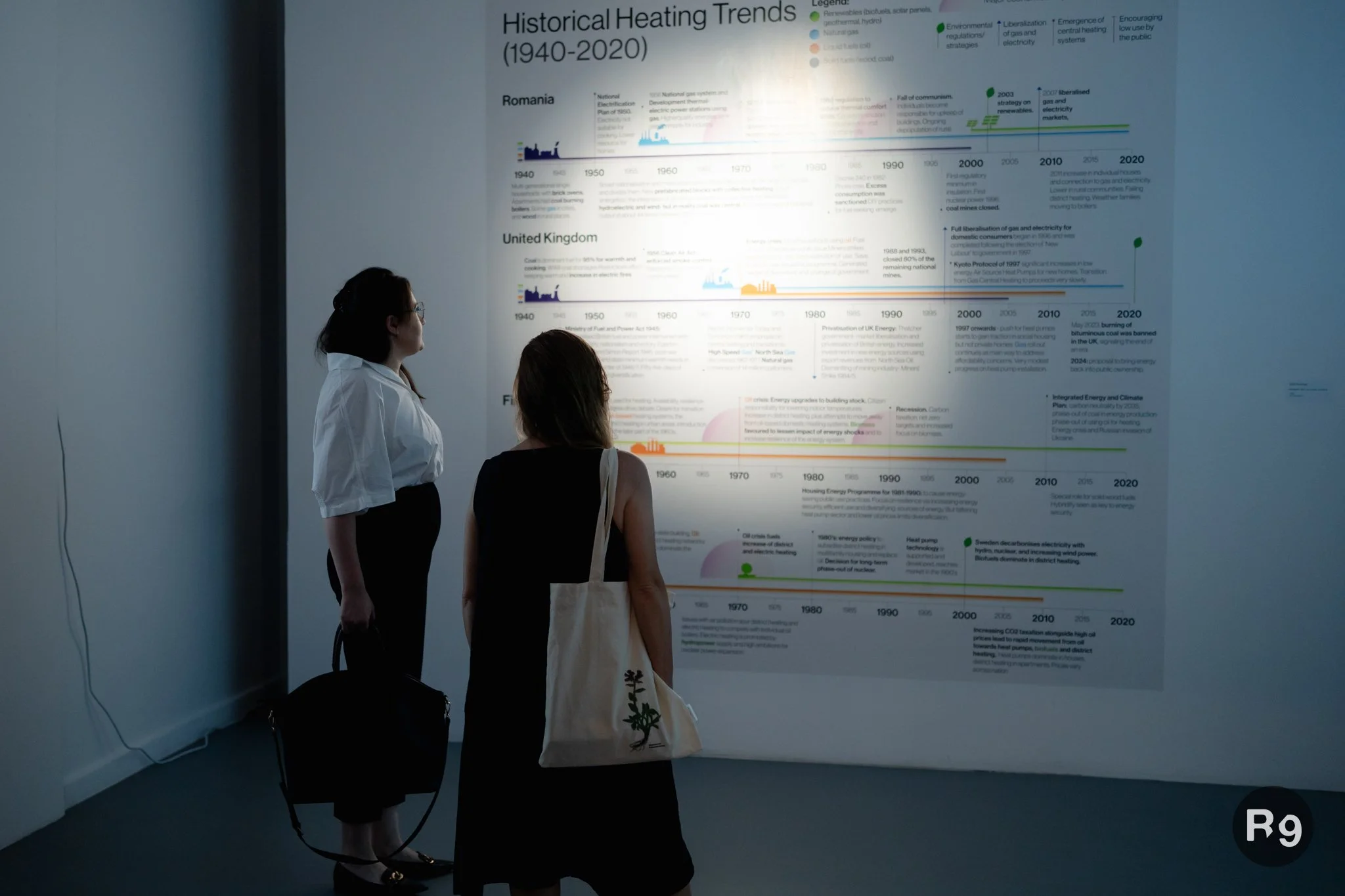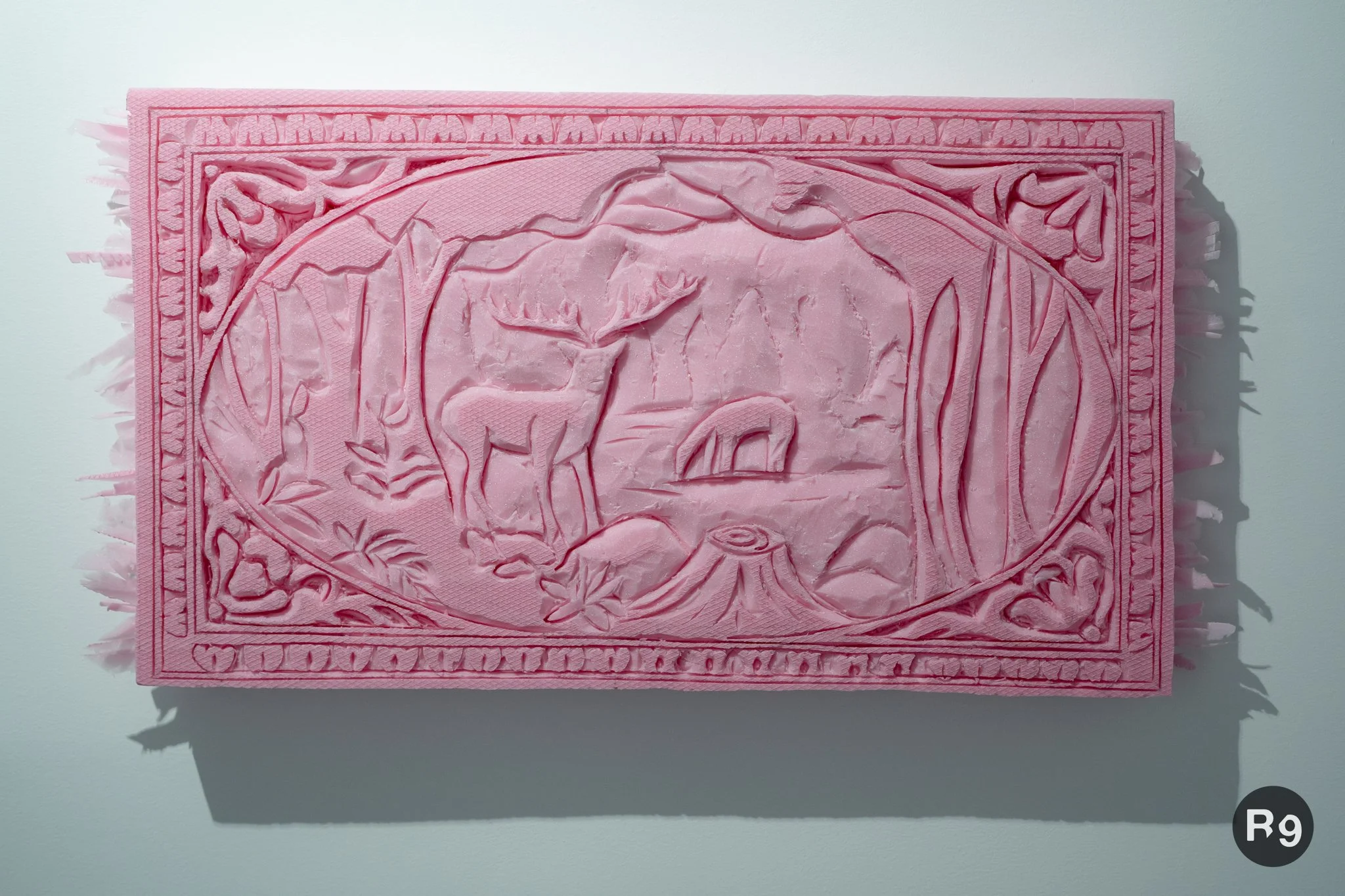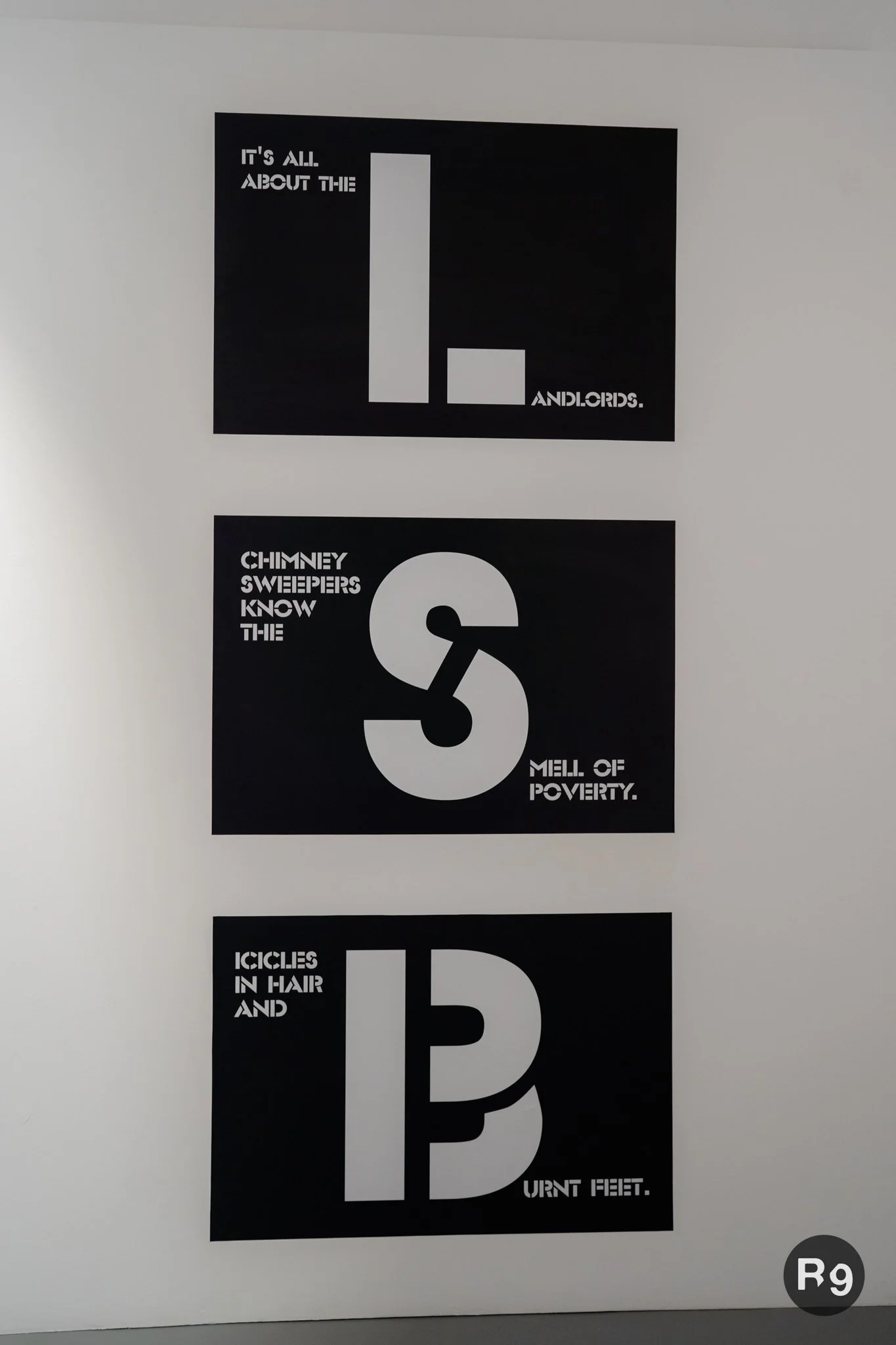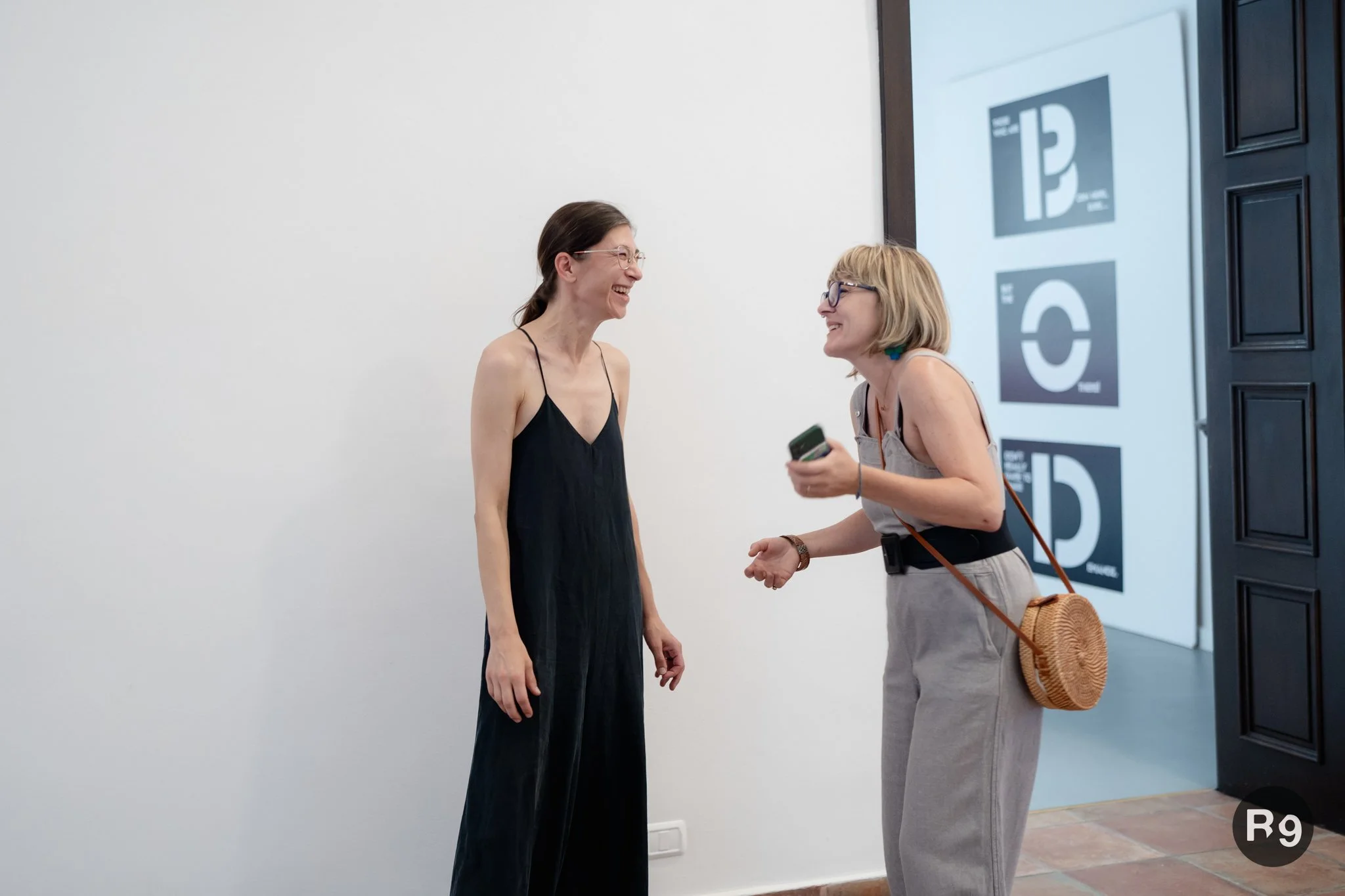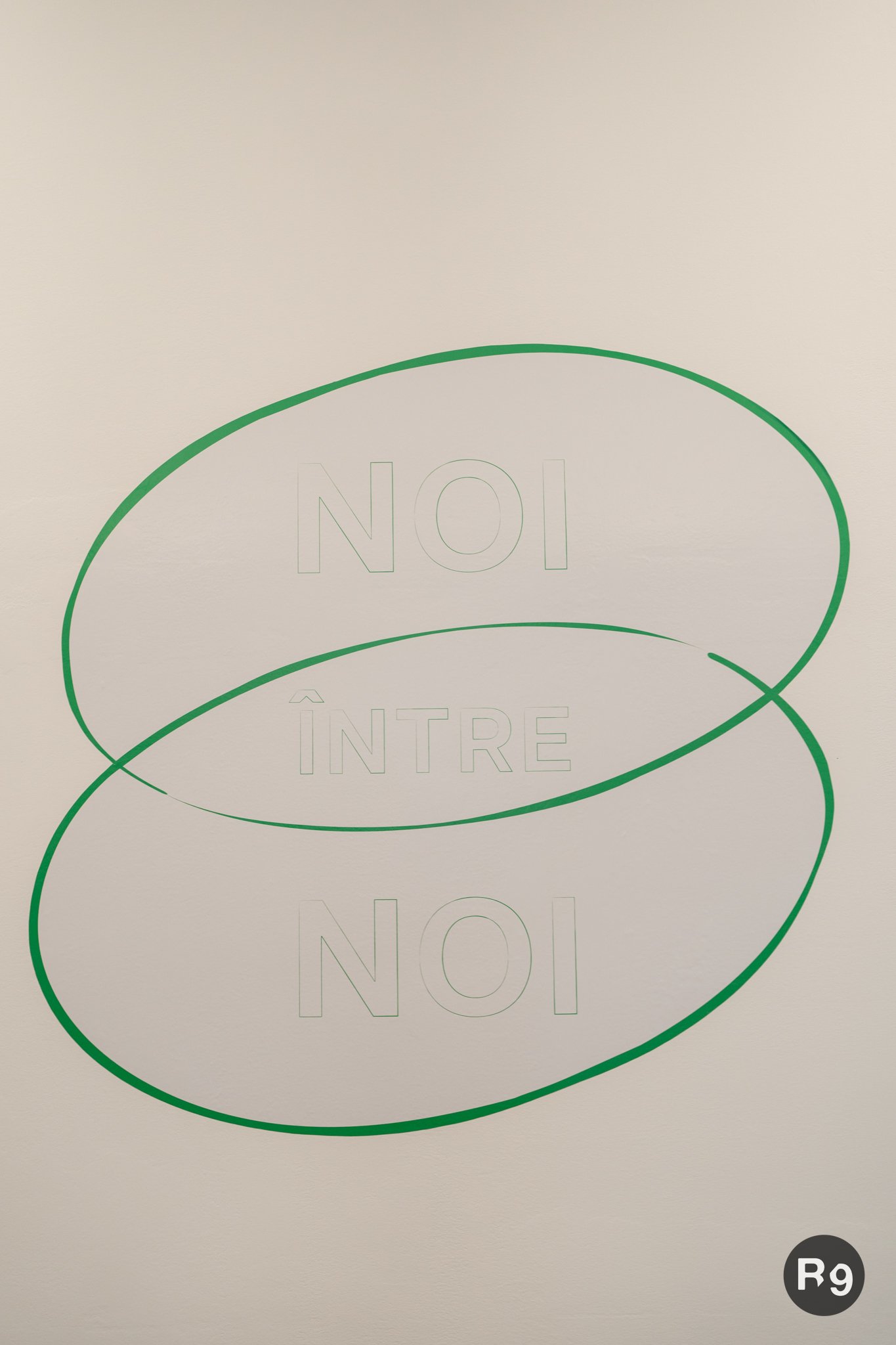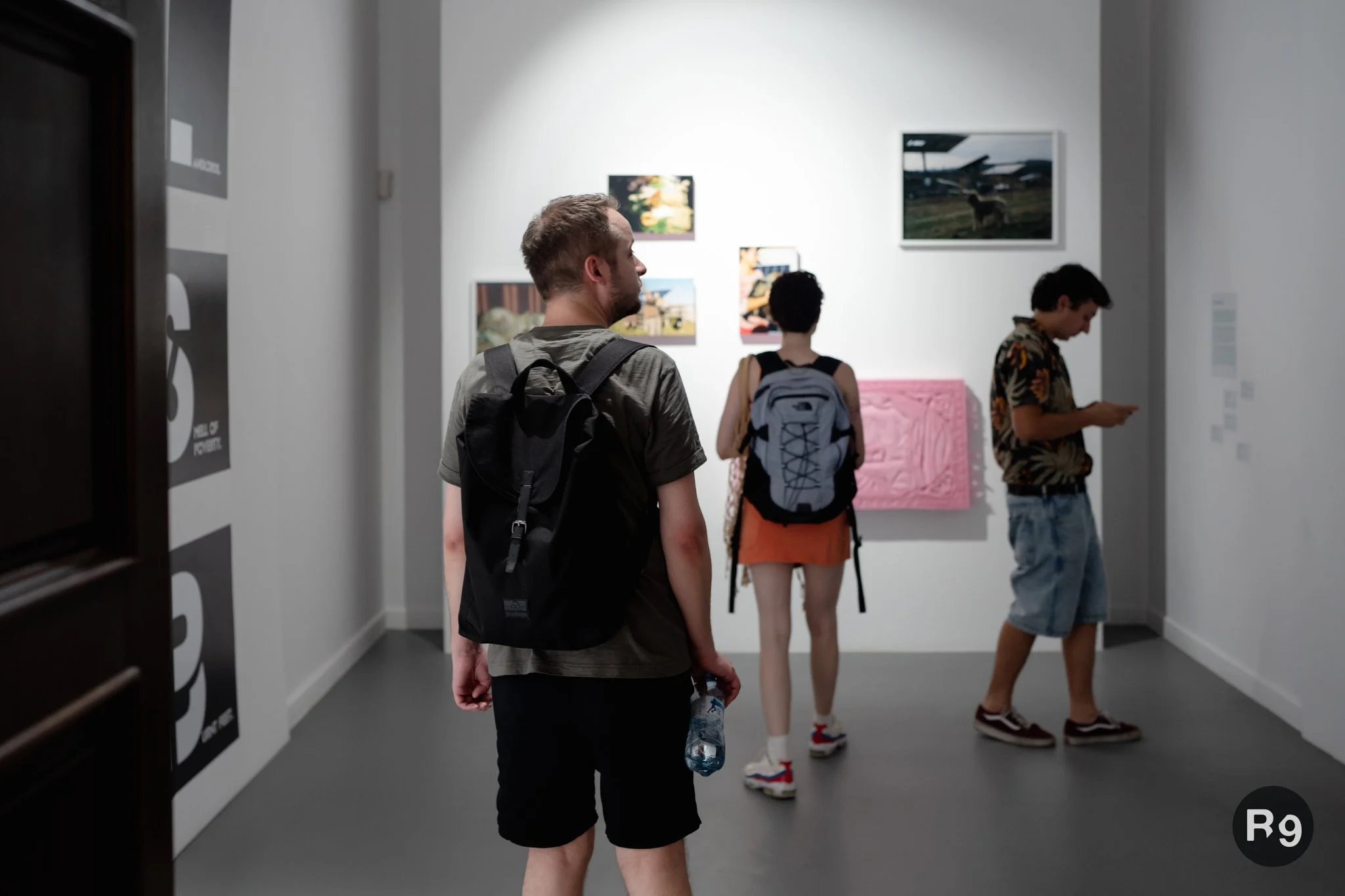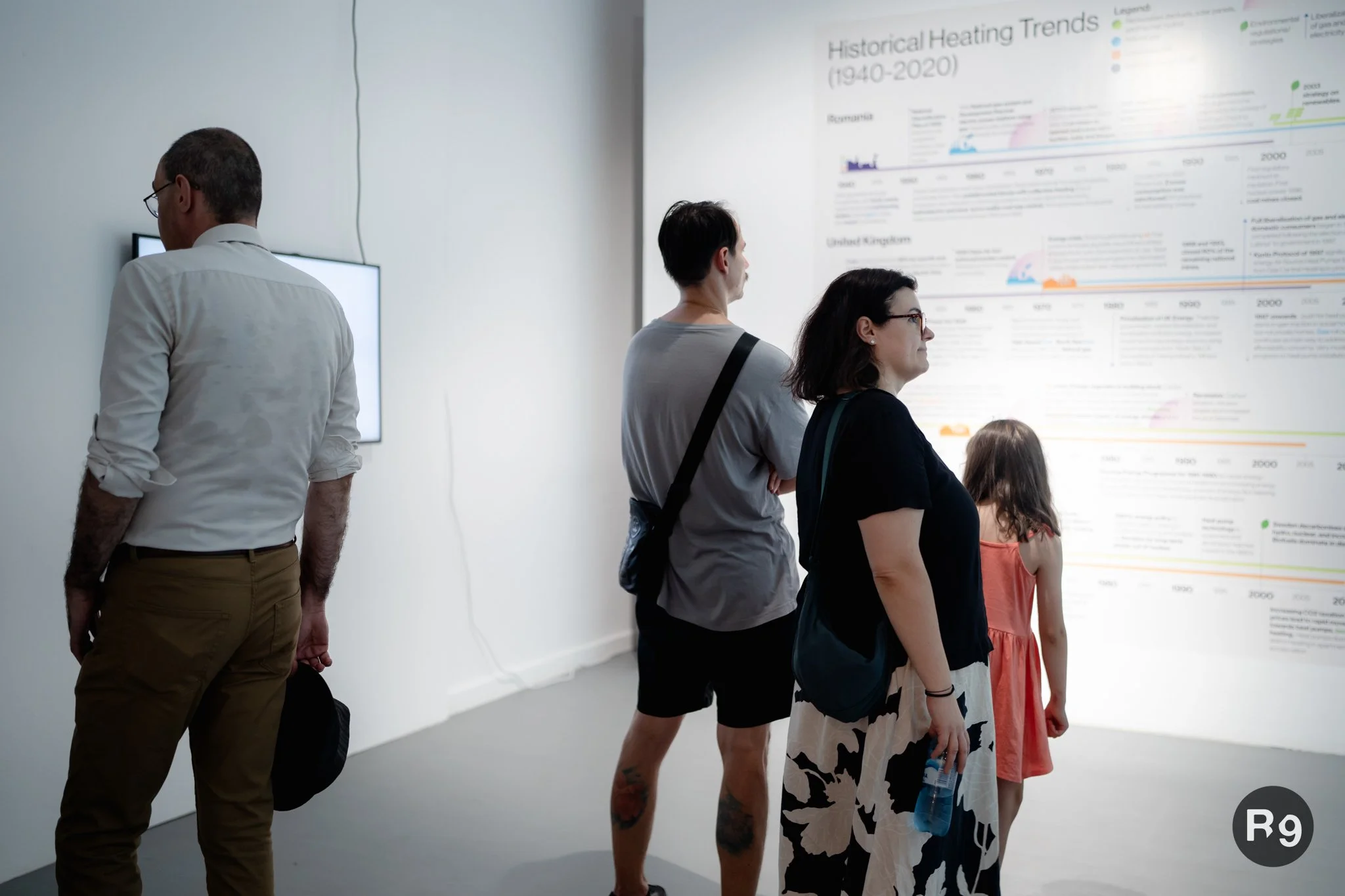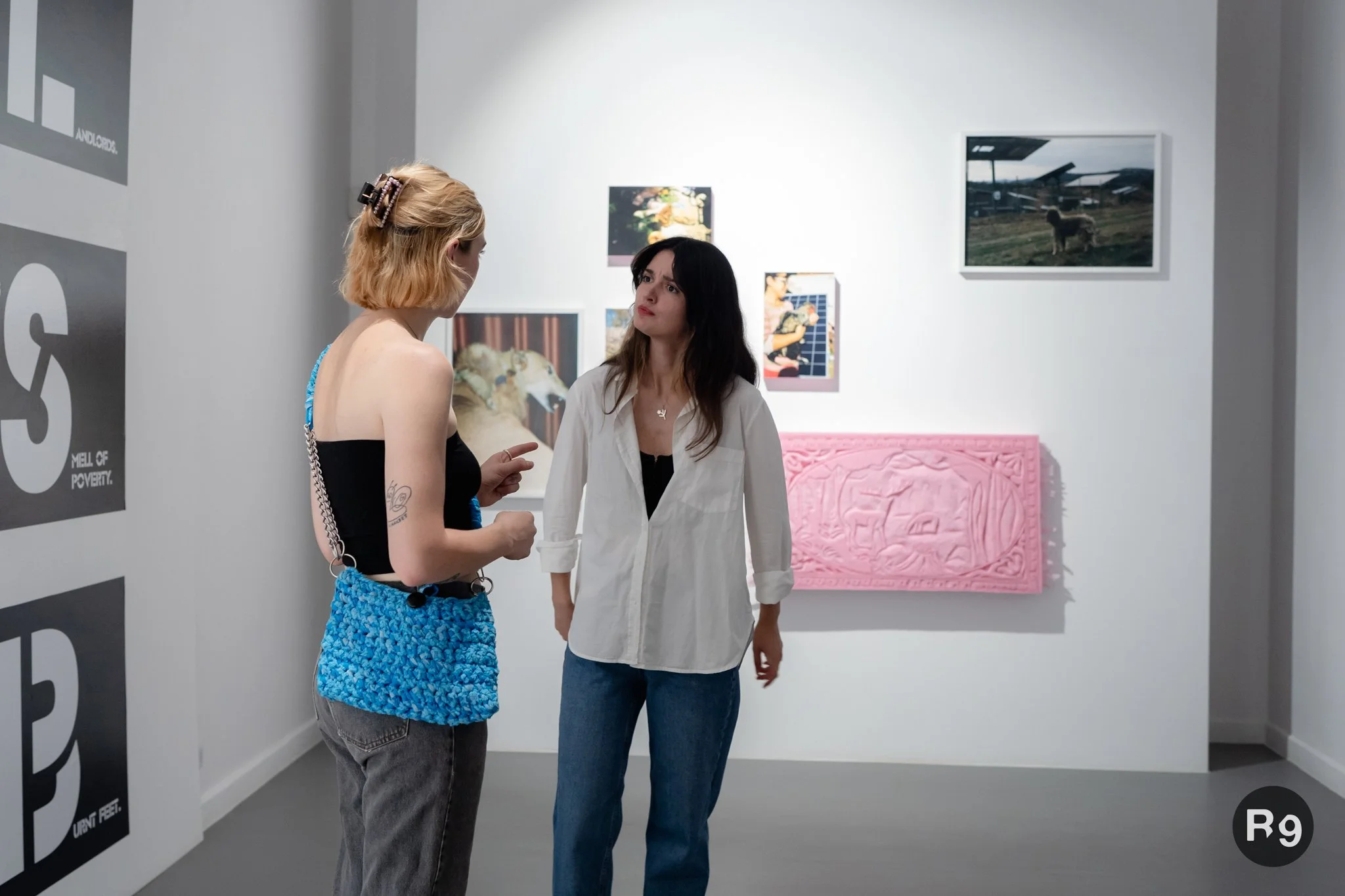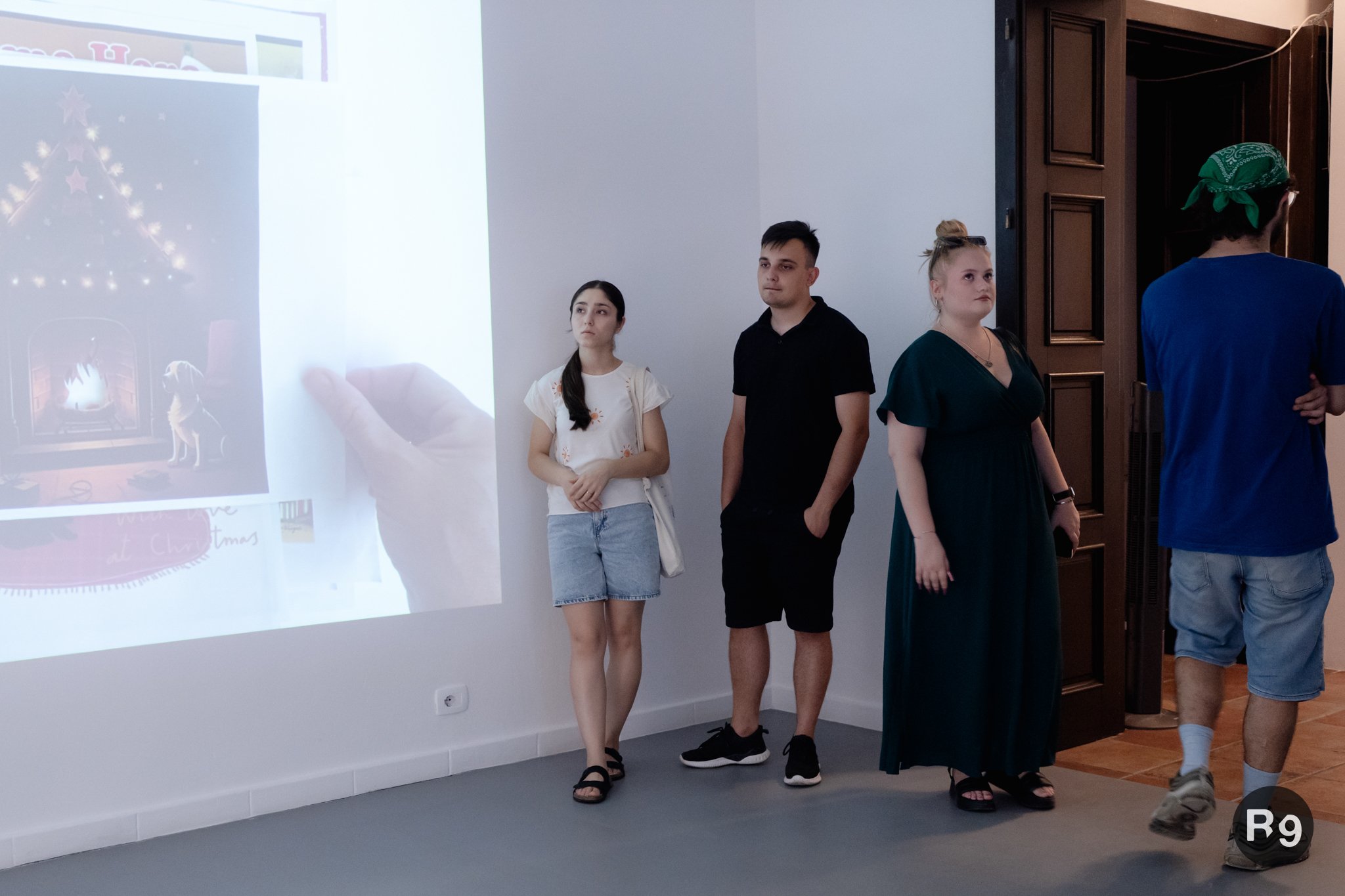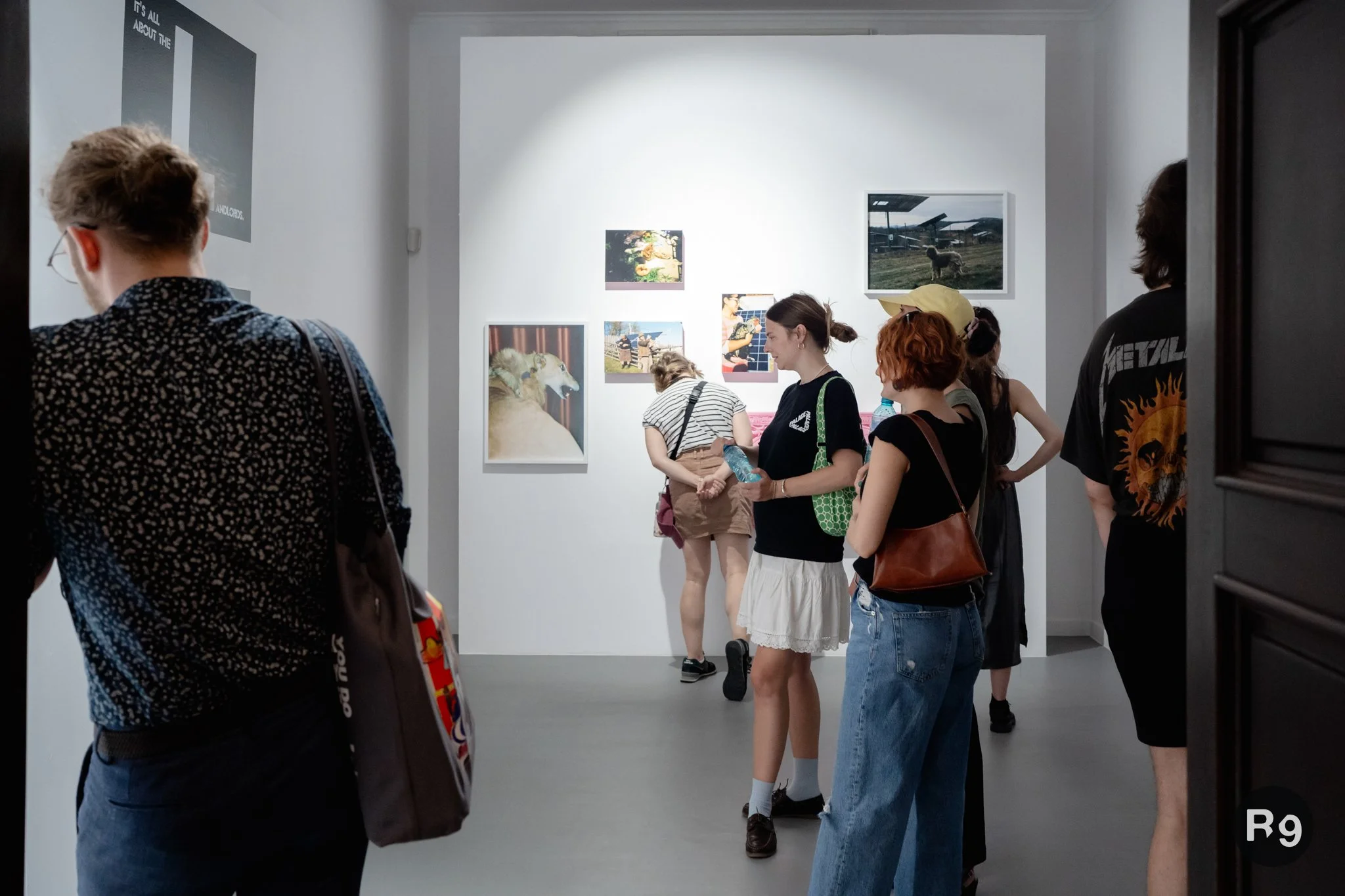Noi Intre Noi: We Between Us
Rezidența9 | Bucharest, Romania | 18 July-4 August 2024
This exhibition explores the role that art, science and cultural heritage can play in the transition to a more nature-friendly future. It was curated by Suzanna Dan and includes the work of 13 artists all involved in interdisciplinary research projects.
The works in the exhibition are a possible source of inspiration to reconnect with the rhythm of the seasons and the ecosystem. In the spirit of sustainability, the exhibition does not include new productions and has proposed a low impact on the environment: land transport and natural materials, a promotion campaign with attention to the resources used. The consumption of resources (ink, energy) was minimised. The creative boutique Glitch Shop carried this desire into the concept of the communication campaign with eco-posters, which have a small footprint on the environment.
The artists were:
Oana Barbonie, Megan Dominescu, Iulia Groves, George Roșu (Climate Change Summit)
The Climate Change Summit is the largest event in Central and Eastern Europe dedicated to solutions to the climate change challenges we already face. The summit takes place against the backdrop of geopolitical and geoeconomic changes, at a time when our societies are rethinking their desired future. The summit involved hundreds of participants and speakers in conversations about solutions to climate change, green economy opportunities and climate actions, including four works by Romanian artists to raise awareness of these changes, part of the Lumea9 project . The fourth edition of the Climate Change Summit will take place between October 15-17, 2024 in Bucharest.
Irina Botea Bucan & Jonathan Dean, Orsolya Gal, Marlene Herberth, Nona Inescu, Mihaela Moldovan (Remarkable Romania)
Remarkable Romania explores the relationship between rural communities and the identity elements of the villages, aiming to identify, capitalize and transform the material, immaterial and sensory heritage elements within the network, into relevant experiences for the current consumer. The program organizes artistic residencies in the villages of the outstanding Romania network for raising awareness and increasing the interest of rural communities in contemporary arts.
Through the involvement of artists in community processes, artistic productions have resulted that have become part of the local cultural identity. The artistic residencies, having an open format, were centered on research, documentation and working directly with the community, creating the framework of a unique opportunity for contemporary artists to develop their artistic practices in relation to the rural heritage, contributing to the exploration of new forms of expression in heritage interpretation.
Denise Lobonț (Romania), Ram Krishna Ranjan (Sweden), Becky Shaw (Great Britain) (JustHeat)
For the Justheat component we included the following:
Denise Lobont (Romania) Romania’s home heating history is marked by the political transition after 1989. The experience of the austerity policy of the 1980s deeply affected how older people now relate to their heating conditions. As a result, personal control over heating in the home is felt to be of prime importance. Denise has been developing a body of photographic and installation practice that explores the relationship between human and nature, urban and rural life, individuals’ relationships to wider governance and society, and tensions between West and East. Denise has been thinking ‘across’ some key stories and phenomena- this includes gathering images and stories of the use of ‘alandelon’ fur coats, thinking about contemporary fur use, and also visiting places where rural life intersects with sustainable energy industries.
Ram Krishna Ranjan (Sweden) has been working with researchers in Herrljunga, Enhörna, Lund and Malmo. Sweden is seen as a leader in sustainable energy, with a successful distributed electric heating system which can seem almost invisible until it breaks down. Ram has been working closely with Swedish researcher Jenny von Platten to develop a fluid way of working which explores the significance of storytelling. Ram has developed a process of ‘fabulation’ where he explores key features of the narratives that stand out to him. The stories are processed with experimental story-telling processes that draw together narration and contemporary film footage, and also build connections between the oral histories and Ram’s own experiences. For this exhibition Ram presents text works that draw on oral history accounts and particularly reflect on how heating inequalities manifest.
Henna Aho (Finland) has been working in Eno, Joensuu, Lahti and Tampere. Finland has an increasing use of ground source heat pumps, enjoying the energy security this gives. However, at the same time, Finland has a long history of burning wood- a practice which is deeply tied to relationships with nature and time in rural communities. Henna has been making painting and textile hybrids that draw together aspects of stories and form them into large material constructions. These works focus on tactile and analogue experience and the significance of rural relationships. It was not considered sustainable to fly these large works to Romania, and digital reproduction undermines their essential material and tactile qualities. Henna’s work, however, is an important part of our project.
Becky Shaw (UK) has been working in Rotherham and Stamford. Currently the UK home heating landscape is a patchwork including majority gas central heating, some use of oil, small pockets of contemporary sustainable heating via air source pumps, and also significant uses of solid fuel, mainly as a supplementary heat source. Up until the 1970s the UK dependency on burning coal was extremely high, with coal and mining communities being a very influential part of historic British identity. Within the UK oral histories, the commitment to individual and tangible heating sources seems connected to a need for security and control. Becky has been experimenting with ways to ‘animate’ the UK heating stories, looking for ways to bring together materials from different times: analogue drawings, children’s book illustrations and digital Christmas cards featuring the open fire. She has been exploring the visual ‘transition’ between different materials to think about our relationship to the material and the intangible, individual and social and the present, past and future.
